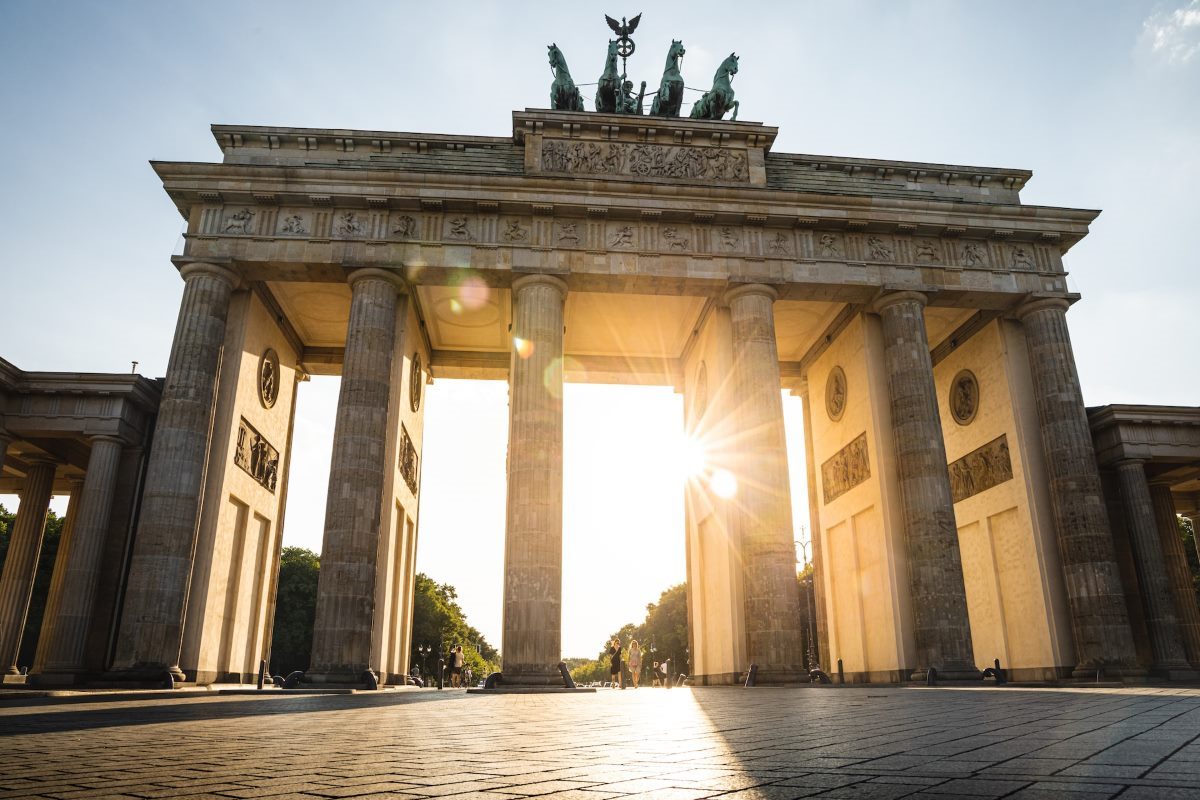The Berlin Wall that was erect between 1961 and 1989 not only physical divide between west and East Berlin but also represented division of idea between East and Western World. Learning about the way in which the Soviets saw the Berlin Wall brings understanding of the reasons for the construction of the wall and its importance in regard to the cold war. But how did the Soviets regard the Berlin Wall in the first place?
The Berlin Wall as a Mechanism of Security
From the Soviets’ viewpoint, the concept of the construction the Wall was dictated by the question of security. At the end of the Second World War Berlin became a divided city with America, England, and France controlling West Berlin while Russia was in complete control of the east. Increased tension between both sides led to many East Germans emigrating westward, this led to a brain drain which had major worrie some economic implications on East Germany despite the Soviet support.
This necessity was revealed by the Soviet leadership and, therefore, increased efforts to build up the East German border in order to halt the flow of its population to the West. The construction of the Berlin Wall was considered as the necessary prevention of their losses and improvement of the authority’s influence on the situation in East Berlin and the life of people who tried to escape from their living conditions to the freedom of the Western countries.
The Berlin Wall: symbolism and message
In addition to being a security feature, the Berlin Wall also became an ideological one by the Soviets. The wall, symbolized the segregation which existed between the Eastern part comprising of the communism- supporting Soviet Union, and the west that supported capitalism. It represented Cold War and the general bipolar division between the two world power giants, US and Soviet Union or USSR respectively.
The Soviet Union had a reason to divide East Germany for them, East Germany was portrayed as a rich socialist country, when compared to imperialism and social prejudiced West. It therefore became a soviet symbol of the strength of their political system and, at the same time, a bar to any flow of influence into east Berlin and subsequently other soviet controlled countries.
Military intelligence, Media manipulation and Perception Management
Berlin Wall was the subject of propaganda and was in the control of the Soviets in writing its narrative. The communists painted the wall as a shield, which separated East Germans from the evils of the West – social imperialism and capitalist decadence. The Communist nudged the East Germans into believing that the West Germans were living in squalor, suffering from job-shedding, high crime rates, and other vices, whereas in the East Germans enjoyed the comfort and justice.
This was further from the truth as… Even though, East Germany offered some social lift, there is no doubt that society suffered from oppressive regime and freedoms deprivation. Initially, the Soviet leadership knew that life in the West was much better but tried to keep up the charade of better living in Eastern Europe using the wall.
The Berlin Wall’s Legacy
Analyzing the concepts of history, I have to pinpoint that 1989 was a milestone in the Friedrich’s approach. The tearing of this structure of separation marked the era that the Soviet grip on Eastern Europe and ultimately the German unification. The breakdown of the German Democratic Republic also resulted in the starting break up of the Soviet Union which disintegrated in the following years after the gameOver of the Berlin Wall.
Today, the broken Berlin Wall symbolizes the hardship of people residing on both sides of the wall. In regard to this wall, I have to understand that governments are willing to do a lot in order to defend the ideology they have and people are willing to do a lot to be free and be one.
In Conclusion
The Berlin Wall was seen by the Soviets as a necessary security measure and an ideological statement against the capitalist West. It played a vital role in portraying the Soviet Union as the protector of East Germany and its socialist achievements. At the same time, the Soviet propaganda machine worked to control the narrative and maintain the illusion of a better life in the East.
The fall of the Berlin Wall, however, marked a significant milestone in history, symbolizing the crumbling of the Soviet Union’s power and the end of the Cold War era. It serves as a reminder of the human desire for freedom and the limitations of political divisions.







